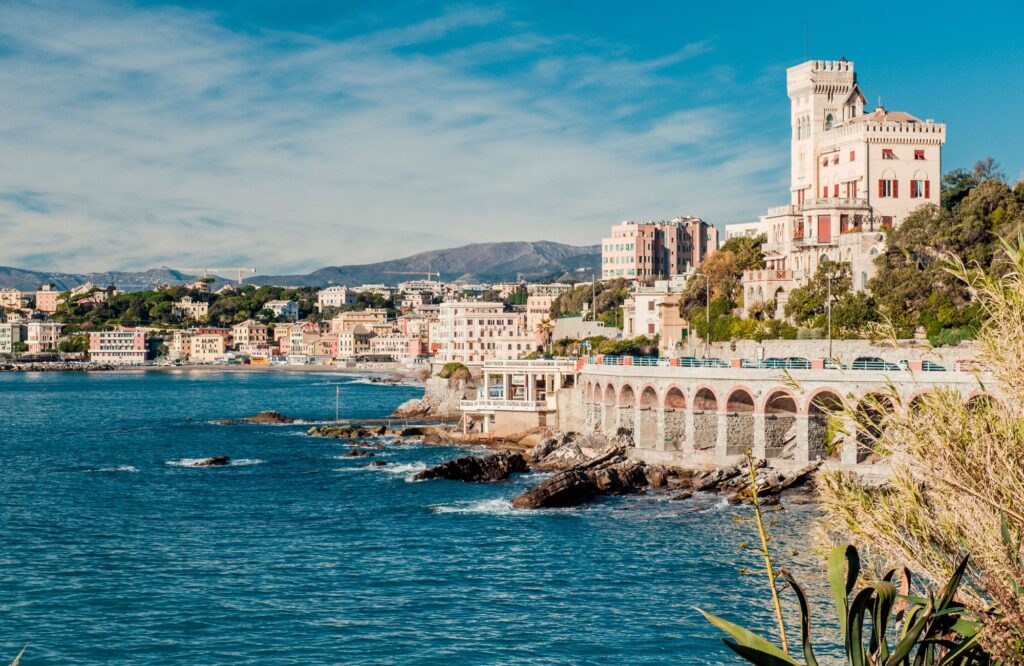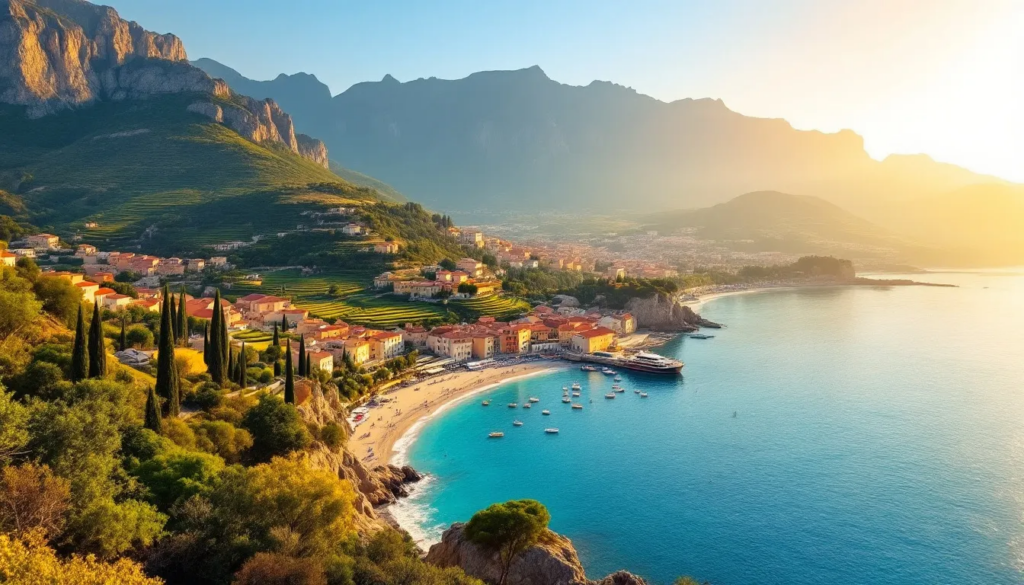Italy is a dream destination for travelers seeking history, culture, cuisine, and breathtaking landscapes. But planning a 10-day trip can leave many wondering: what will it cost? Traveling through Italy in 10 days depends on factors such as your travel style, accommodations, meals, transportation, and activities. Whether you’re considering exploring the iconic Roman Forum, sailing along the Amalfi Coast, or visiting lesser-known regions like Le Marche, this guide breaks down everything you need to budget effectively. By the end, you’ll have a clear picture of your total costs, plus tips on how to save money while enjoying an unforgettable Italian experience.
From flights and lodging to food, transportation, and sightseeing, we’ve gathered expert insights, real-world examples, and practical advice. We also include sample itineraries, cost tables, and money-saving strategies to help you plan. Whether you’re traveling solo, as a couple, or in a small group, this guide ensures that your trip to Italy is smooth, enjoyable, and fits your budget.
Flights to Italy
Flights are often the first and largest expense when visiting Italy. Round-trip tickets vary depending on your departure city, season, and airline. Travelers from North America can expect flights ranging from $600 to $1,200, while travelers from Europe may pay between $150 and $500. Booking early, flying direct to major airports like Rome Fiumicino or Venice Marco Polo, and traveling during shoulder or off-season months can significantly reduce costs.
Booking tips:
- Use fare comparison sites and flexible dates to find better deals.
- Consider flying into one city and out of another to save time and avoid backtracking.
- Direct flights are convenient but may be slightly more expensive; weigh comfort versus savings.
Snippet-Friendly Insight: “Flights to Italy for 10 days typically cost between $600–$1,200 from North America and $150–$500 from Europe.”
Accommodation Costs
Italy offers a wide range of lodging options depending on your travel style. Budget travelers can find hostels or B&Bs for $50–$100 per night, mid-range travelers may choose 3-star hotels or Airbnb apartments for $120–$200 per night, and luxury or boutique hotels often start at $250 per night. Many accommodations include perks like free breakfast, air conditioning, and centrally located rooms.
For example, staying in Rome near Termini Station allows easy access to major attractions like the Colosseum and Vatican Museums. In Venice, a double room near Mark’s Square can range from $180–$300 per night, while hidden gems like Le Marche offer more affordable boutique stays with immersive local experiences.
| Accommodation Type | Cost per Night | Notes |
|---|---|---|
| Budget / Hostel | $50–$100 | Simple amenities, shared bathrooms |
| Mid-range Hotel / Airbnb | $120–$200 | Double room, centrally located |
| Luxury / Boutique | $250+ | Fine dining, private tours, historic buildings |
Booking early, especially during high season, ensures better availability and pricing.
Meals & Dining in Italy
Food is one of Italy’s greatest pleasures, and planning a realistic meal budget is crucial. Daily food costs vary depending on travel style:
- Budget: $20–$35 per day – sandwiches, pasta at local trattorias, and market snacks.
- Mid-range: $40–$70 per day – mix of trattorias, pizza, gelato, and fine dining.
- Luxury: $100+ per day – gourmet meals, wine tastings, and multi-course experiences.
Italy is full of local markets, street food, and cafes offering delicious meals at reasonable prices. For example, enjoying fresh pasta in Florence, a gondola-side lunch in Venice, or local seafood along the Amalfi Coast allows travelers to enjoy Italian flavors without breaking the bank.
Tips for saving:
- Pack light and buy picnic items from local markets.
- Look for hotels with free breakfast included.
- Dine outside the main tourist areas for better prices.
A 10-day Italy trip typically costs $300–$700 per person for meals, depending on your travel style.
Transportation in Italy
Italy’s transport system is efficient, but it can impact your trip budget. Options include trains, buses, rental cars, and taxis. Traveling between major cities like Rome, Florence, and Venice is easiest by fast trains. A 10-day rail pass or pre-booked train tickets may cost $150–$250, depending on class and routes.
If exploring rural regions like Le Marche or the Amalfi Coast, a car rental offers flexibility, averaging $40–$80 per day, including fuel. For urban travel, public transport (buses and metro) is budget-friendly at $2–$3 per trip.
Money-saving tip: Consider group tours or guided excursions that include transport, which can reduce overall travel expenses and simplify planning.
Sightseeing & Activities
Italy’s rich history, art, and natural beauty make sightseeing one of the most rewarding aspects of your trip, but costs add up. Popular attractions include:
- Rome: Colosseum, Roman Forum, Vatican Museums, St. Peter’s Basilica
- Florence: Uffizi Gallery, Michelangelo’s David, Duomo
- Venice: Doge’s Palace, gondola rides, Grand Canal
Entrance tickets generally range $10–$30 per site. Private guided tours provide deeper insights but may cost $50–$150 per tour.
Hidden gems like Le Marche, Conero Riviera, and Grotte di Frasassi offer unique experiences for around $20–$50 per activity, often with fewer crowds and more immersive cultural engagement.
| Activity | Estimated Cost |
|---|---|
| Major Museums | $10–$30 |
| Guided Tours | $50–$150 |
| Private Excursions | $100–$200 |
| Local Experiences / Cooking | $40–$80 |
Booking online in advance and prioritizing attractions maximizes your experience while controlling costs.
Sample 10-Day Italy Budget Itinerary
Here’s a sample breakdown for a 10-day Italian trip combining flights, lodging, meals, transport, and activities:
| Day | Location | Activities | Budget (per person) |
|---|---|---|---|
| 1–3 | Rome | Colosseum, Vatican, Roman Forum, walking tours | $450 |
| 4–6 | Florence / Tuscany | Uffizi, Duomo, day trip to Siena | $400 |
| 7–8 | Venice | Doge’s Palace, gondola ride, and St. Mark’s Square | $350 |
| 9–10 | Le Marche | Private tour, Conero Riviera, Grotte di Frasassi | $300 |
Total estimated cost: $1,500–$2,000 per person (mid-range travel). Adjust for budget or luxury preferences.
Tips to Save Money
Traveling smart allows you to enjoy Italy without overspending:
- Book early for flights, accommodations, and train tickets.
- Travel off-season or during shoulder months to avoid crowds and high prices.
- Opt for small-group or private tours for convenience and bundled savings.
- Consider public transport and fast trains instead of taxis.
- Pack light to avoid extra luggage fees and move easily between cities.
These strategies help reduce the total cost while enhancing your travel experience.
Conclusion
With careful planning and attention to your trip budget, you can enjoy the best of Italy without overspending. Choosing off-season travel, booking direct flights early, and selecting accommodations with free breakfast or centrally located hotels can significantly reduce travel expenses. Combining train tickets and rental car options allows flexibility for day trips to other major cities, while guided tours help you see highlights like the Vatican Museums, the Amalfi Coast, or the Roman Forum efficiently. By packing light, planning one city at a time, and prioritizing experiences over unnecessary spending, your 10-day Italian adventure can be unforgettable, comfortable, and cost-conscious.
Experience Italy the way it was meant to be enjoyed. At True Colors of Italy, our private, all-inclusive day tours showcase the hidden gems, rich culture, and delicious cuisine of the Le Marche region. Whether traveling solo, as a couple, or in a small group, our curated experiences provide comfort, local insight, and unforgettable memories. Contact us today to plan your personalized Italian adventure.
FAQs
How much money do I need for 2 weeks in Italy?
A two-week trip to Italy can range from $2,000–$4,500 per person for mid-range travel. Costs include flights, accommodations, meals, transport, and activities. Budget travelers may spend less by using hostels and public transport, while luxury travelers may spend significantly more.
Is it worth going to Italy for 10 days?
Yes, 10 days allows you to experience major cities, cultural landmarks, and hidden gems. With proper planning, you can balance sightseeing, leisure, and immersive experiences without feeling rushed.
What is the cheapest month to travel to Italy?
The off-season, typically November to March, offers the lowest airfare and hotel rates. Shoulder months like April, May, and October provide pleasant weather and fewer crowds at slightly higher costs.
Do you need a visa to go to Italy for 10 days?
Visitors from North America and many European countries do not require a visa for stays under 90 days. Always check your country’s requirements and ensure your passport is valid for at least six months.












